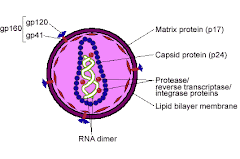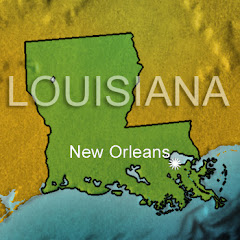"In addition to the brain, the side effects of marijuana reach many other parts of the body. Marijuana is filled with hundreds of chemicals, and when it is burned, hundreds of additional compounds are produced. When marijuana is inhaled or ingested in some other form, several short-term effects occur. Some of the marijuana's side effects are:
* Problems with memory and learning
* Distorted perception
* Difficulty with thinking and problem solving
* Loss of coordination
* Increased heart rate
* Anxiety, paranoia and panic attacks
The initial effects created by the THC in marijuana wear off after an hour or two, but the chemicals stay in your body for much longer. The terminal half-life of THC is from about 20 hours to 10 days, depending on the amount and potency of the marijuana used. This means that if you take one milligram of THC that has a half-life of 20 hours, you will still have 0.031 mg of THC in your body more than four days later. The longer the half-life, the longer the THC lingers in your body.
The Munchies
One peculiar phenomenon associated with marijuana use is the increased hunger that users feel, often called the "munchies." Research shows that marijuana increases food enjoyment and the number of times a person eats each day, according to the National Institutes of Health.
Until recently, the munchies were a relative mystery. However, a recent study by Italian scientists may explain what happens to increase appetite in marijuana users. Molecules called endocannabinoids bind with receptors in the brain and activate hunger.
This research indicates that endocannabinoids in the hypothalamus of the brain activate cannabinoid receptors that are responsible for maintaining food intake. The results of the study were published in an April 2001 issue of the scientific journal Nature.
The debate over the addictive capacity of marijuana continues. Ongoing studies now show a number of possible symptoms associated with the cessation of marijuana use. These symptoms most commonly include: irritability, nervousness, depression, anxiety and even anger. Other symptoms are restlessness, severe changes in appetite, violent outbursts, interrupted sleep or even insomnia. In addition to these possible physical effects, psychological dependence usually develops because a person's mind craves the high that it gets when using the drug.
Beyond these effects that marijuana has, marijuana smokers are susceptible to the same health problems as tobacco smokers, such as bronchitis, emphysema and bronchial asthma. Other effects include dry-mouth, red eyes, impaired motor skills and impaired concentration. Long-term use of the drug can increase the risk of damaging the lungs and reproductive system, according to the U.S. Drug Enforcement Agency (DEA). It has also been linked to heart attacks.
Medicinal Uses
Although marijuana is known to have negative effects on the human body, there is a raging debate over the use of medicinal marijuana. Some say that marijuana should be legalized for medical use because it has been known to suppress nausea, relieve eye pressure, decrease muscle spasms, stimulate appetite, stop convulsions and eliminate menstrual pain. Because of its therapeutic nature, marijuana has been used in the treatment of several conditions including: cancer and AIDS (to supress nausea and stimulate appetite), glaucoma (to alleviate eye pressure), epilepsy (to stop convulsions, and multiple sclerosis (to decrease muscle spasms).
Others believe the negative effects of marijuana usage outweigh the positive. There are currently nine U.S. states that have legalized marijuana for medical purposes: Alaska, Arizona, California, Colorado, Hawaii, Maine, Nevada, Oregon and Washington."
Tuesday, September 18, 2007
"Marijuana's" Other Physiological Effects
Blogs'FamilyCorruptionInTheBigEasy||
FamilyCorruptionInTheBigEasy: Part 2
Posted by
Boop
at
5:20 PM
![]()
Labels: marijuana, physiological effects
Subscribe to:
Post Comments (Atom)


















No comments:
Post a Comment